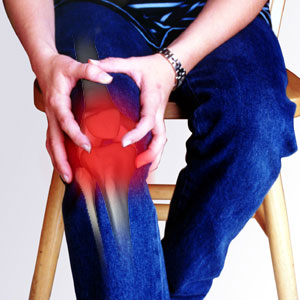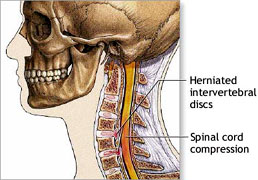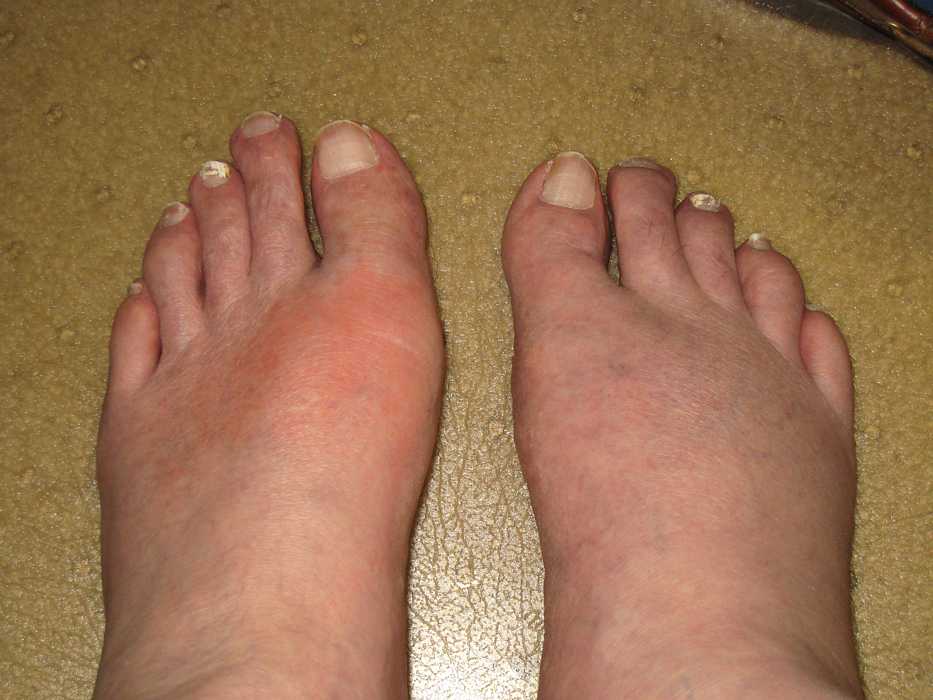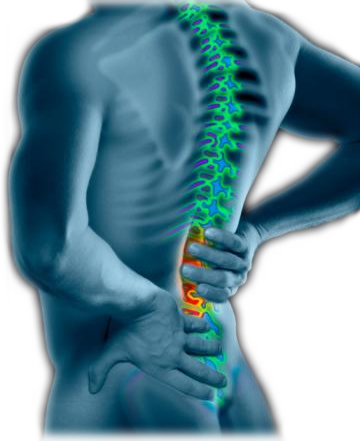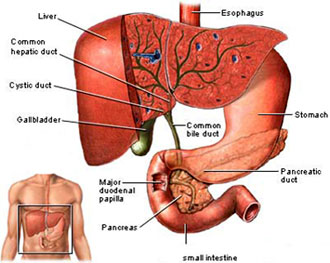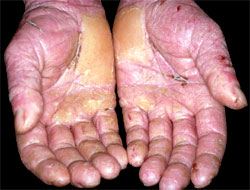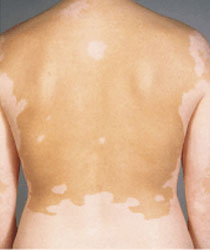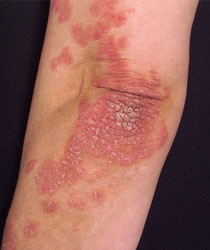Diabetes
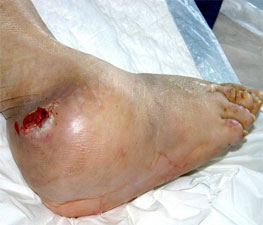
Diabetes
- From the foods you eat, glucose in the blood is produced by the liver (an organ on the right side of the abdomen near your stomach).
- In a healthy person, the blood glucose level is regulated by several hormones, including insulin. Insulin is produced by the pancreas, a small organ between the stomach and liver. The pancreas secretes other important enzymes that help to digest food.
- Insulin allows glucose to move from the blood into liver, muscle, and fat cells, where it is used for fuel.
- People with diabetes either do not produce enough insulin (type 1 diabetes) or cannot use insulin properly (type 2 diabetes), or both (which occurs with several forms of diabetes).
- In diabetes, glucose in the blood cannot move into cells, so it stays in the blood. This not only harms the cells that need the glucose for fuel, but also harms certain organs and tissues exposed to the high glucose levels.
- Type 1 diabetes comprises about 10% of total cases of diabetes in the United States.
- Type 1 diabetes is typically recognized in childhood or adolescence. It used to be known as juvenile-onset diabetes or insulin-dependent diabetes mellitus.
- Type 1 diabetes can occur in an older individual due to destruction of pancreas by alcohol, disease, or removal by surgery. It also results from progressive failure of the pancreatic beta cells, which produce insulin.
- People with type 1 diabetes require daily insulin treatment to sustain life.
- At least 90% of patients with diabetes have type 2 diabetes.
- Type 2 diabetes is typically recognized in adulthood, usually after age 45 years. It used to be called adult-onset diabetes mellitus, or non-insulin-dependent diabetes mellitus. These names are no longer used because type 2 diabetes does occur in younger people, and some people with type 2 diabetes need to use insulin.
- Type 2 diabetes is usually controlled with diet, weight loss, exercise, and oral medications. More than half of all people with type 2 diabetes require insulin to control their blood sugar levels at some point in the course of their illness.
Type 1 diabetes: Type 1 diabetes is believed to be an autoimmune disease. The body\\\'s immune system attacks the cells in the pancreas that produce insulin.
- A predisposition to develop type 1 diabetes may run in families, but genetic causes (a postitive family history) is much more common for type 2 diabetes.
- Environmental factors, including common unavoidable viral infections, may also contribute.
- Type 1 diabetes is most common in people of non-Hispanic, Northern European descent (especially Finland and Sardinia), followed by African Americans, and Hispanic Americans. It is relatively rare in those of Asian descent.
- Type 1 diabetes is slightly more common in men than in women.
- High blood pressure
- High blood triglyceride (fat) levels
- Gestational diabetes or giving birth to a baby weighing more than 9 pounds
- High-fat diet
- High alcohol intake
- Sedentary lifestyle
- Obesity or being overweight
- Ethnicity, particularly when a close relative had type 2 diabetes or gestational diabetes: certain groups, such as African Americans, Native Americans, Hispanic Americans, and Japanese Americans, have a greater risk of developing type 2 diabetes than non-Hispanic whites.
- Aging: Increasing age is a significant risk factor for type 2 diabetes. Risk begins to rise significantly at about age 45 years, and rises considerably after age 65 years.
Symptoms of type 1 diabetes are often dramatic and come on very suddenly.
- Type 1 diabetes is usually recognized in childhood or early adolescence, often in association with an illness (such as a virus or urinary tract infection) or injury.
- The extra stress can cause diabetic ketoacidosis.
- Symptoms of ketoacidosis include nausea and vomiting. Dehydration and often-serious disturbances in blood levels of potassium follow.
- Without treatment, ketoacidosis can lead to coma and death.
- A person may have type 2 diabetes for many years without knowing it.
- People with type 2 diabetes can develop hyperglycemic hyperosmolar nonketotic syndrome.
- Type 2 diabetes can be precipitated by steroids and stress.
- If not properly treated, type 2 diabetes can lead to complications like blindness, kidney failure, heart disease, and nerve damage.



